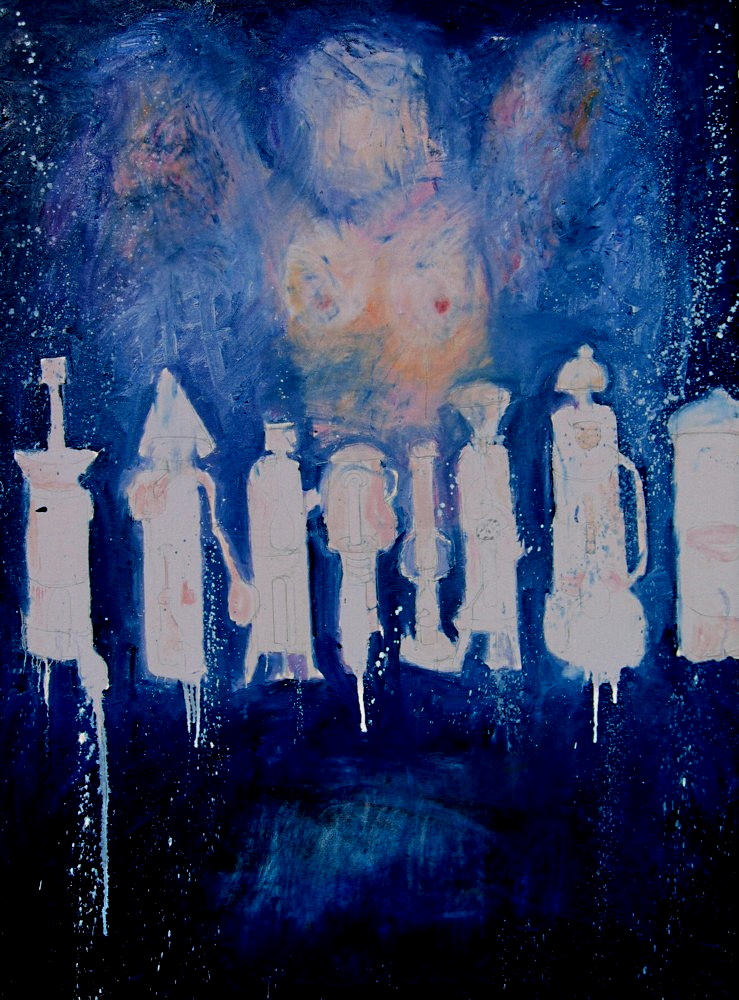
|
In the alchemical treatise, Aurora Consurgens, attributed to St. Thomas Aquinas, Sophia asks where is the human being who will understand me. To that person, says the text, she promises eternal life. In that person, whom she loves, she will embrace and her whole body will melt away as the two, as one, escape out of matter. Sophia is trapped in matter and therefore needs to be rescued by a human being. She constantly searches for the one who is worthy of her. She calls out for a human being of understanding to rescue her. The fallen Wisdom of God calls for the one who can release her from matter. To that person, she says, "Indeed I will be a father and he shall be to me a son." Von Franz points out that this sentence is the key to everything else that follows in the text.1 She explains, "Wisdom here clearly says that she herself is God the Father and that whoever saves her is the son of God himself."2 This represents the merging of our consciousness with our 'diamond body' by turning off the 'outflowing' of our individual will. We now possess a higher state of awareness by virtue of our experience. At the same time the 'us' in us gradually melts and merges into something else-our beloved. The idea that re-uniting with the godhead is a personal process led the Gnostics to wisely convert their Sophia myth into a symbolic language that became Alchemy. The alchemists turned the mystic metaphors into obscure chemical recipes. No one knew what they were talking about, so they were mostly left alone with their crazy concoctions. 1. (Franz, Alchemy, p.219) 2. Ibid. |
